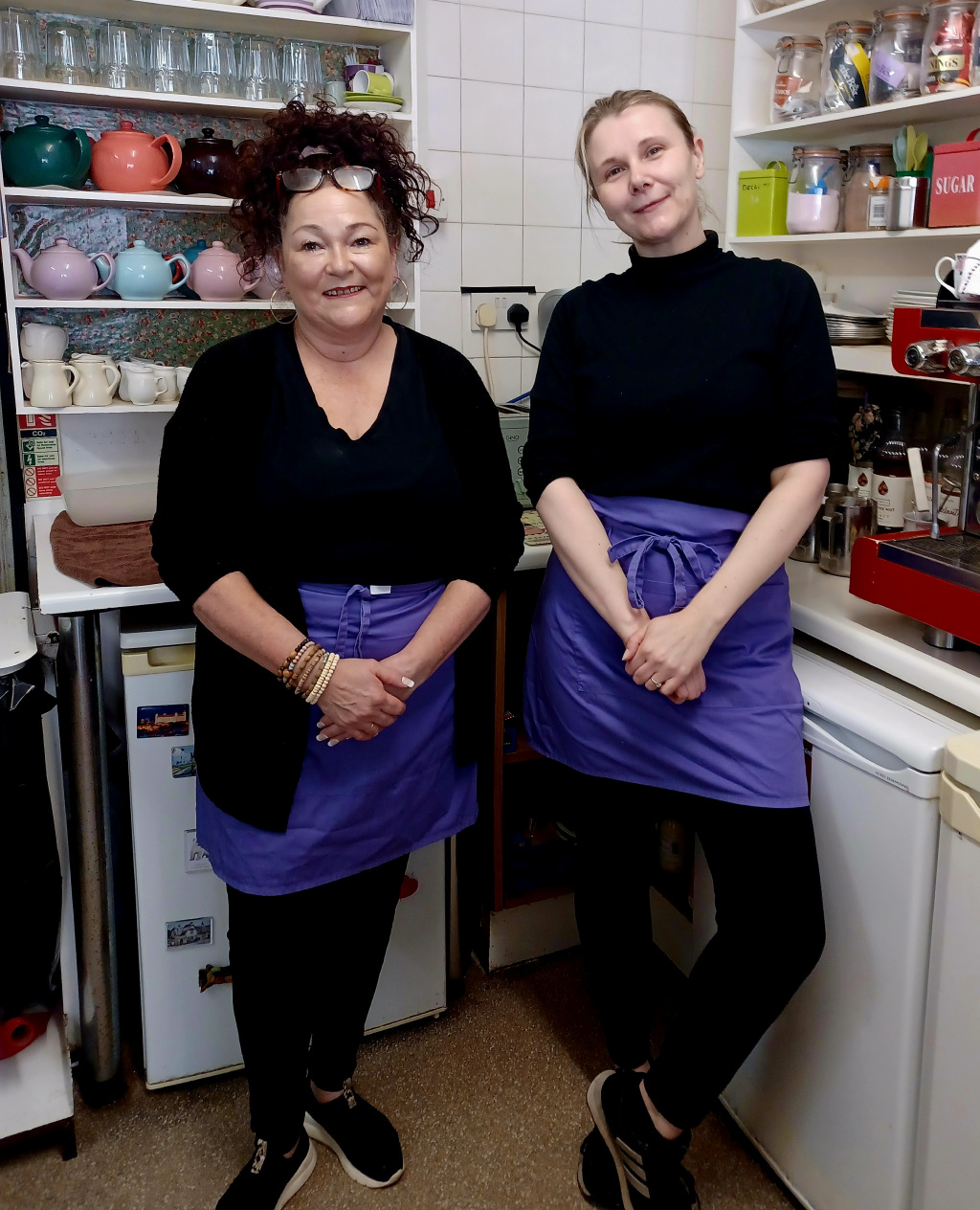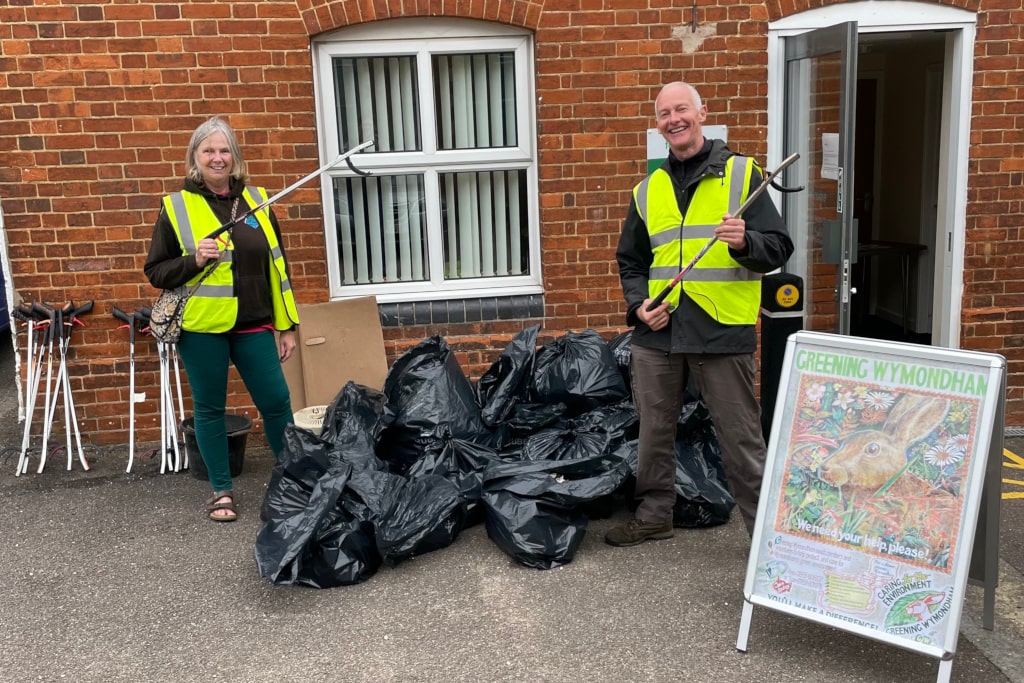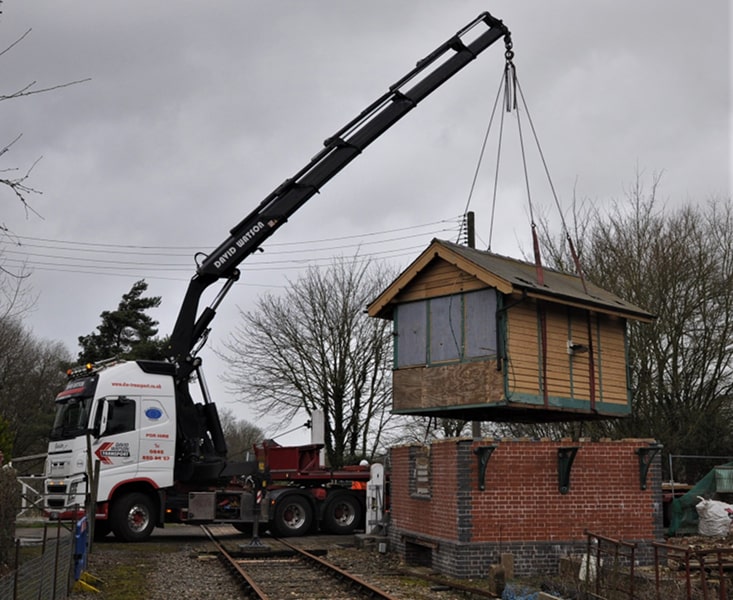When you are in London as a Marathon spectator, the app allows you to track people. It is done via the chips they wear when they run. It is brilliant. It means you can nosily browse the list of names and see if there’s anyone worth tracking.
I’m sure I wasn’t the only one following the progress of actress Ruth Wilson, who played Jane Eyre on screen in 2006. (She had a fantastic time: 4:53:26.) Other names I thought I recognised proved less reliable. I got very excited about a GB runner on the list whose name was the same as a journalist I admired. That was until said journalist posted something on Twitter (on a completely unrelated topic) when she was supposed to be still very much running and approaching the 13-mile mark. I begrudgingly admitted that it was not her. Another runner shared the name of one of my former teachers’ siblings – who I had met and knew was a runner. Embarrassingly, I couldn’t tell if it was her from the fundraising photo.
Regardless, the most important person I was tracking was my sister. It was the family’s second trip to the London Marathon (the first person to run it was my mum in 2020). Her A-goal in doing it was just to finish and enjoy the thing, rather than any time target.
It is funny going to see the London Marathon for the second time. When recalling the first time, only the good bits had stuck in my head: the cheering people on, seeing family and friends in the spectator crowds, the constant excitement that you might see a famous person, etc.
You don’t remember the rather more unromantic parts. Chiefly, if there are cold breezes (this year there were), while that is fantastic for cooling down the runners, it is less nice if you have been standing at Mile 9 for two hours waiting for the blink-and-you’ll-miss-it moment when your family member/loved one goes by in five seconds.
You also forget the times after that five-second moment when you leave Mile 9 and take the tube to Mile 21 for the next cheering-on point. Or rather, you intend to take the tube – before your heart sinks at the huge crowds and barrier-induced standstill queues. I am sure, in reality, that the yellow-high-vis-jacket guards are doing a public service in erecting barriers and only letting people go onto the platform a few at a time. (It is presumably to prevent stampedes?) Yet one’s rational and sympathetic awareness of this necessity is somewhat challenged when one has been standing underground at a total standstill for over twenty minutes, and stirring their stumps doesn’t appear anywhere near the guards’ agenda. Just when the existential (and wholly unreasonable) “what has happened to this country” rants begin to enter your head, you finally make it through onto the platform, take the train out of that station (swearing never to go through it again), only to discover that the usual London Marathon map is inaccurate because they have changed the routes for Marathon Day. (Because why wouldn’t they?)
Cue more trains, by which time you have also faced the challenge of eating a Pret-à-Manger on-the-go snack while standing upright in a moving Tube vehicle trying not to make a messy spectacle of yourself. But then – and despite my melodramatic summary – you are back on the ground and realise just how amazing the day is, and that it is a monumentally privileged position to complain about trains when other poor souls are in the middle of running twenty-six miles.
Especially the moments when you are with family friends and can cheer people on together (as we did) – those parts are glorious. In no other context than marathon spectating does one express so much effusive praise that “you are doing brilliantly!” towards total strangers. (Maybe we should have more of that mentality in the usual world? Discuss.)
Ultimately, my sister finished the race and was ecstatic to have enjoyed it. Ruth Wilson, Mrs not-the-journalist-I-thought and Miss who-knows-if-you-were-who-I-thought all finished too. And most importantly, Runners’ World reports that over £67 million was raised for charitable courses. Bravo to them all.















